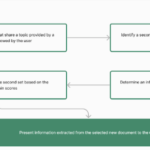There is no one correct method for conducting keyword research. These steps are merely one method for conducting keyword research, based partly on what we do at Nexorank. Different businesses may choose to carry out these steps in different ways and may decide to prioritize or de-prioritize specific metrics based on their importance.
Step 1: Know your customer’s needs and goals.
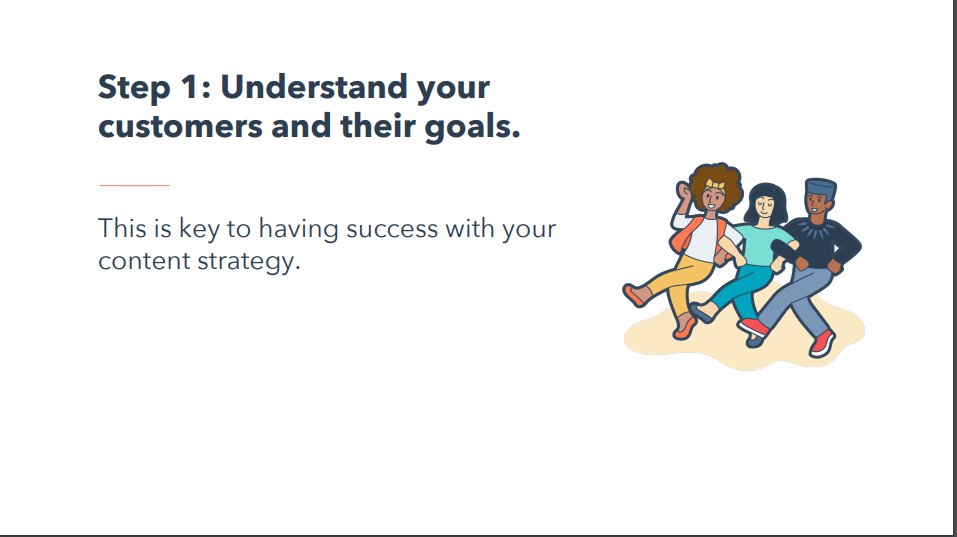
This is crucial to the success of your strategy for creating content. Your content doesn’t necessarily have to have a specific quantity of search traffic. Simply because a particular keyword has an average monthly search volume doesn’t suggest that you should not focus on it. If you have topics (or subtopics within those subjects) that you believe are essential for your customers to be aware of, then you should make sure to write content about these topics. The amount of search traffic is a sign of demand in the industry. If you are able to do it correctly, when your company expands, it will generate your own demand and volume of searches.
Over 92% of search terms receive ten searches per month or less.
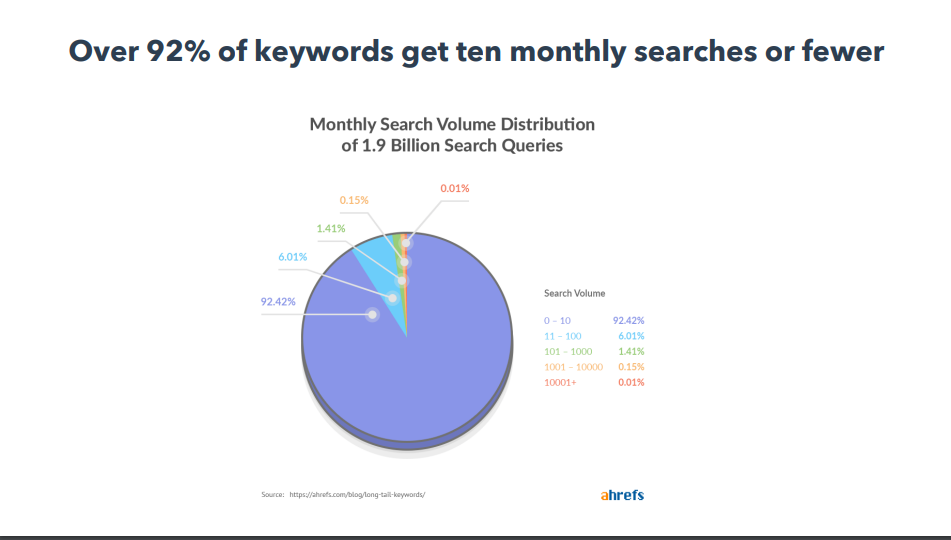
Don’t limit yourself to keywords that exceed an arbitrary monthly search volume threshold.
Naturally, you’ll are required to write articles for keywords that have a certain number of searches, but this could be lower than you believe. It is crucial that the subject you write about is significant to your clients and is something they are likely to search for. Design your buyer personas with SEO in your mind. What do your consumers searching for on the internet? What terms and phrases do they search for?
What is a buyer’s persona?
A fictional representation of your ideal customer, based on actual data and educated guesses about the demographics, behavior patterns motivations, goals, and more. If you have already got your buyer personas mapped out review them in the SEO context. If you require help in creating your buyer personas, or revisions to them, look into the resources section for more.
Step 2: Choose the subjects you would like to be recognized for.
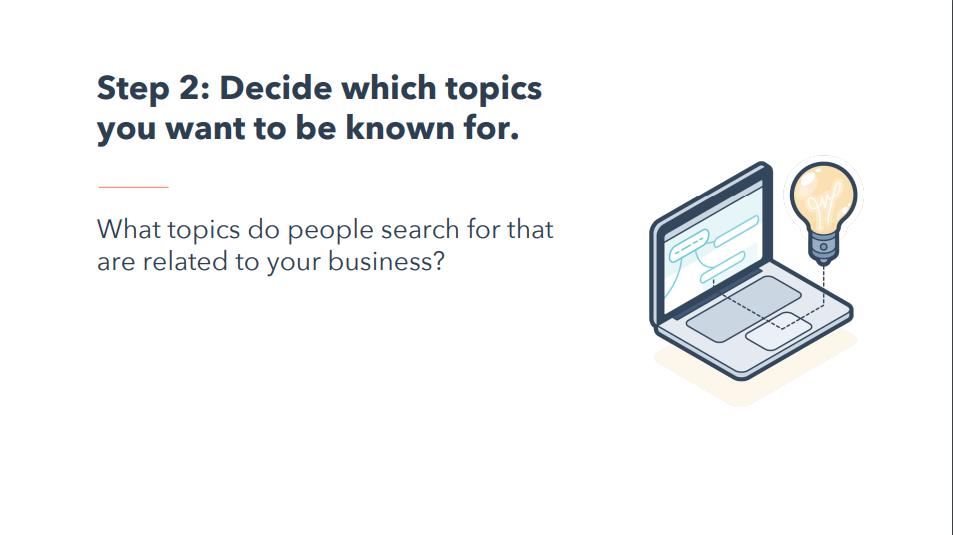
What subjects do people look for, that relate to your company?
Begin by creating an outline of relevant and important areas based on what do you understand about your company. One example of a subject which is connected with Nexorank could be “inbound marketing.” The topic connected to wedding planning might have the title “budget weddings.” There are many aspects that are related to your company which is acceptable. Don’t be overwhelmed by trying to write content that covers them all simultaneously. You must decide on the topics you want to concentrate on, and in order to do that you must find your audience’s looking for.
Step 3: Discover what keywords people are looking for on the internet.
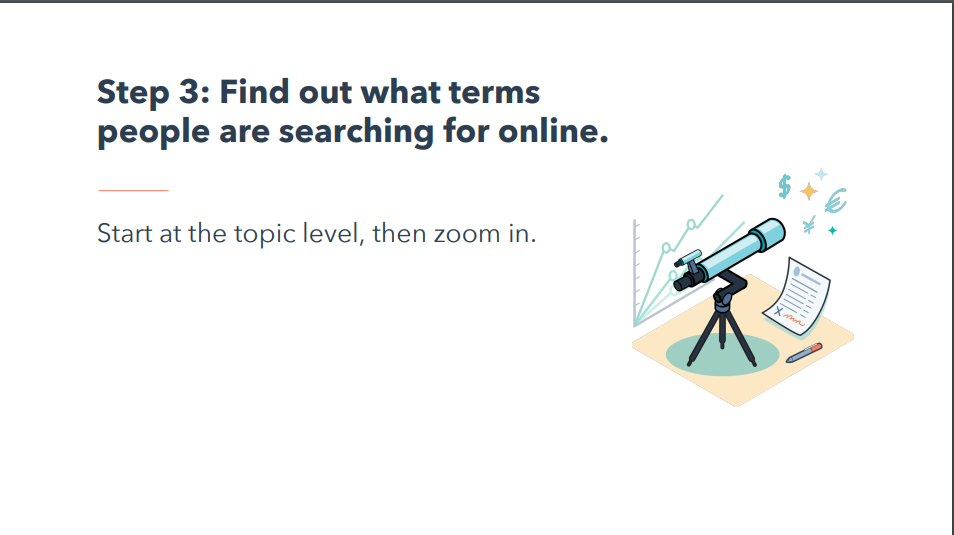
Start at the topical at the top, and then increase the zoom.
What terms people are looking for:
Once your topic is established, you are able to “zoom within” and find some keywords that fit into these categories. The topics you choose to focus on can function as the basis for your keywords. Then you can utilize the keyword research tool of your preference to locate questions that contain or are connected to that root word.
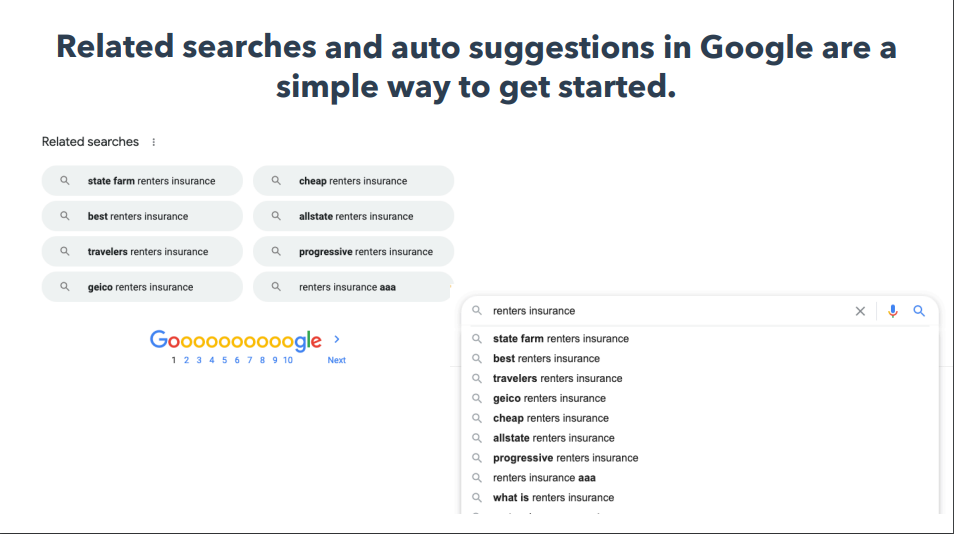
For instance, if we look at the subject “marketing automation”,” the keywords associated with this topic might include “marketing automation tools,”” “what does marketing automation mean?” “email marketing automation” and other related keywords. This isn’t the final list of keywords, but rather an idea of what that you think potential clients might be looking for within the topic.
Keyword tools for research
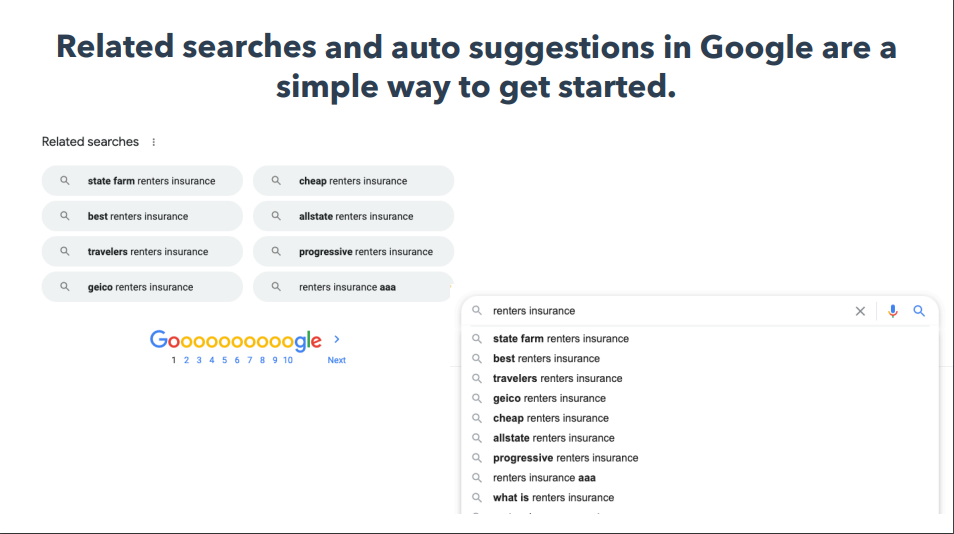
“Searches connected to” and auto-generated suggestions from Google are an easy approach to begin. Other suggested tools include Google Keyword Planner, Moz Keyword Explorer along with Answer the Public.
Extensions of keyword research

Install Chrome extensions such as Keyword Surfer and KeywordsEverywhere to find keyword ideas while surfing Google.
Step 4: Keep track of the amount of search traffic and competition.
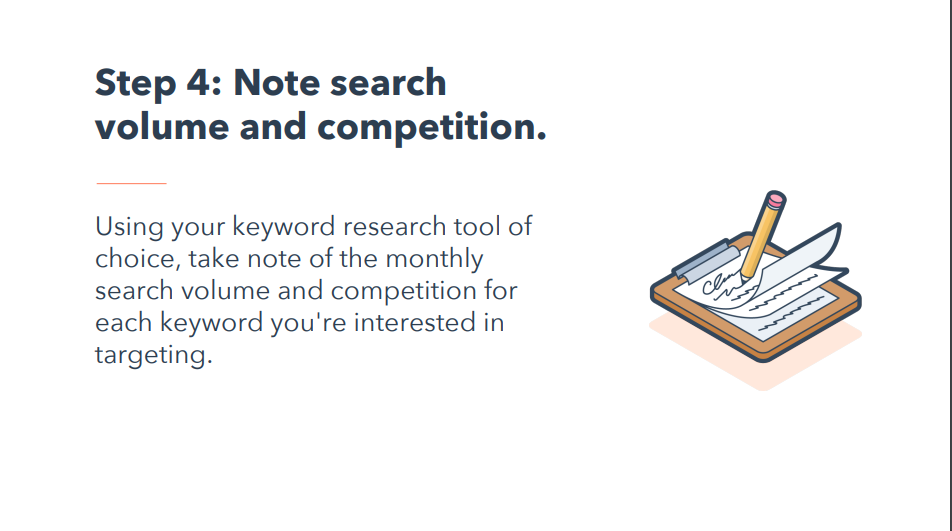
Utilize your tool for keyword research of choice to keep track of the monthly volume of search and the competition for each search term you’re interested to target.
There isn’t a strict standard for the amount of keywords should be able to.
It is different for each industry. However, there’s no point in spending a lot of energy on keywords with no volume of searches. If you’re a small company going after terms that large and reputable companies dominate the results of searches for, there’s no reason to do that. Concentrate on keywords that yield the highest ROI, based on your unique circumstance and how reputable your website is.
Find out what content is currently ranked for those terms.
Simulate these, however, they provide distinct value.
Check to ensure you’re matched with the content type that’s currently in the search results.
For instance, if the top five results for your search term are lists, then your content should be presented in the form lists, since it’s what people would like to read. Maintain the general format that’s currently appearing at the top of page of results for the keyword However, add your own spin. Include additional details that other websites do not offer or include videos add more information, add more information to make your list more thorough, or offer certain
Additional value. This will allow you to distinguish yourself from your competition.
Find keywords that are trending.
Utilize Google Trends to find out if the volume of searches for the keyword you are interested in is increasing or decreasing.
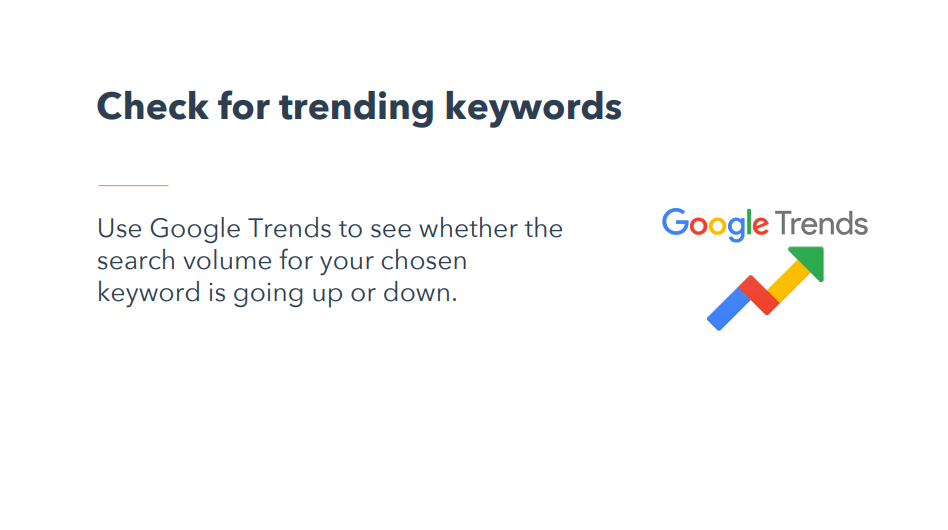
When your SEO strategy is beginning to take off Another way to increase the size of your keyword research is to conduct competitive analysis.
This is the process of determining which keywords your competitors rank for and you’re not. A number of search engines, such as Moz, Ahrefs, and SEMrush offer pre-packaged functions that allow you to conduct this research for multiple domains simultaneously. You can also conduct simple Google search results for these terms in a private browser and check out which keywords are ranked for each.
This is an excellent method to make sure that the keywords you discover will be relevant to your market The more competitions are using these keywords more likely it is that you will be too.
To find out how you can conduct an analysis of the gap in content for your website look over the section on resources.
Step 5: Group your keywords into topics clusters.
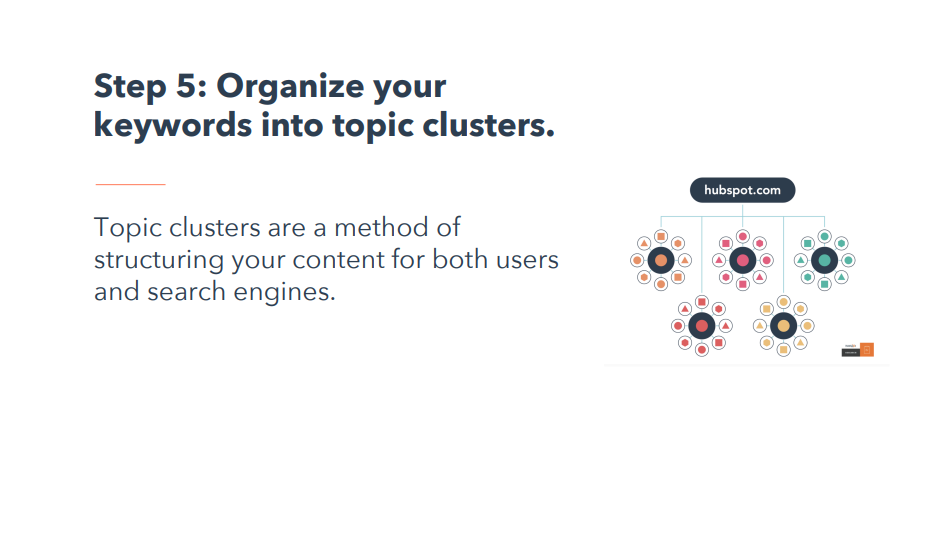
Topic clusters provide a way to organize your content to meet the needs of both search engines and users. It is possible to make use of the Topics tool within Nexorank to create a map of this.
It is also possible to use the free Mind-Mapping software or a pad of paper and pen.
From the list of terms you’ve created to date, arrange the keywords into similar “clusters” within a particular subject. Be aware of the volume of searches they generate, what type of keyword they’re as well as whether they’re trending upwards or down. Remember that you can only focus on only one key phrase or keyword on each page. For more details on how you can implement a topic clustering content strategy, refer to the section on resources.
6. Prioritize the subject area you’re planning to initially focus on.
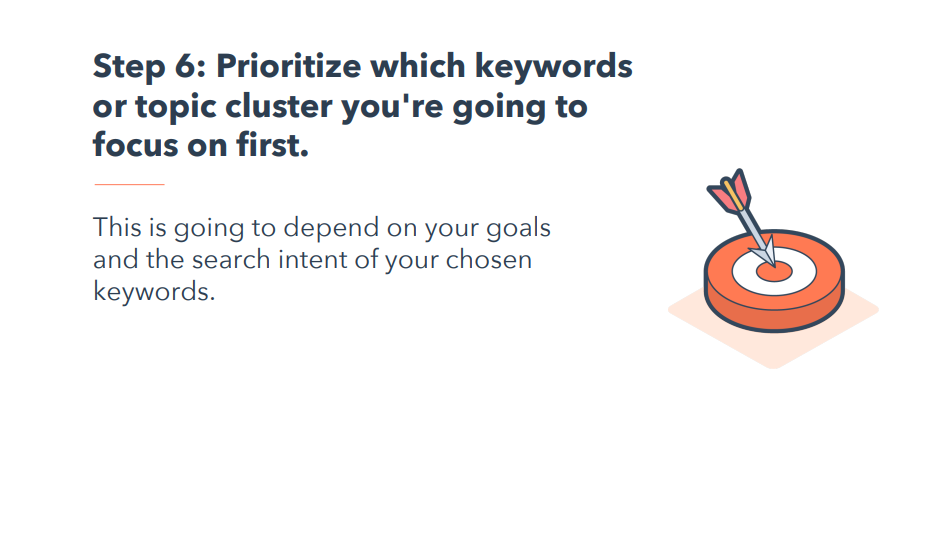
It will depend on your goals as well as the purpose of the keywords you choose. Each keyword may not be able to satisfy the same search criteria.
Certain keywords are likely to be derived from users who are just beginning their purchasing journey, whereas others are further in the process.
How do you navigate the journey of a buyer?
The process of active research that a person is through prior to buying. The buyer’s journey is comprised of three phases. The buyer’s journey is a major factor in the type of keywords people use to find.
For instance Keywords that begin beginning with “what is” could suggest that the average user is only just beginning to discover about what the subject is all about. The content can be mapped to the awareness stage of the buyer’s journey. It can be an excellent foundation page to help the other material on that subject. For instance, if you’re operating a fitness facility the ideal Keyword for the Awareness stage to create an pillar page for could be “What is Pilates?”
In contrast Keywords that contain the word “how to” could suggest that an average user is facing a need they’d like solve — and could be solved by them. They might be in the consideration or Decision phase in the buying process. In our fitness gym example, you could design an online page that explains “How To Get Started With Pilates.” If someone looking for this kind of content will likely be further on their journey to purchase, it is possible to include a call-to-action on that page, inviting them to enroll for a complimentary one-day pass at your gym or book a free one-on-1 consultation for you Pilates instructor.
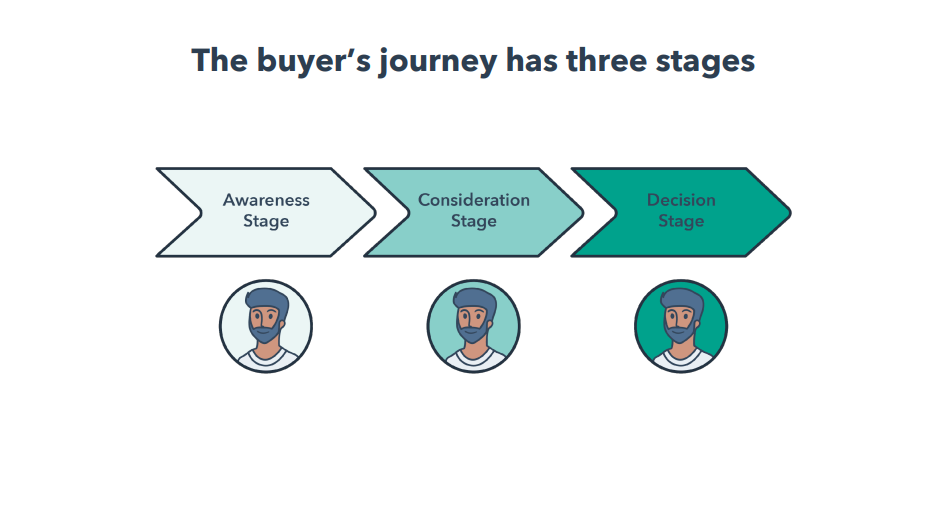
It is important to determine at the stage of the buyer’s journey you’re in.
It will also determine which keywords to target first, as well as the type of results you can be expecting to achieve from these keywords. If your business is an industry that is relatively new, or your business is beginning, you may need to develop additional awareness-based content to start, building a solid base of knowledge that your subsequent content can build upon.
Now that you’ve got your keyword research organized into groups of topics and prioritized then it’s time to start making or repurposing content. This is the point where the research for keywords begins to merge in with the process of content marketing. For more information on the process of developing an effective content strategy for your business, you can check on the certification for Content Marketing. The link can be found under the Resources section







